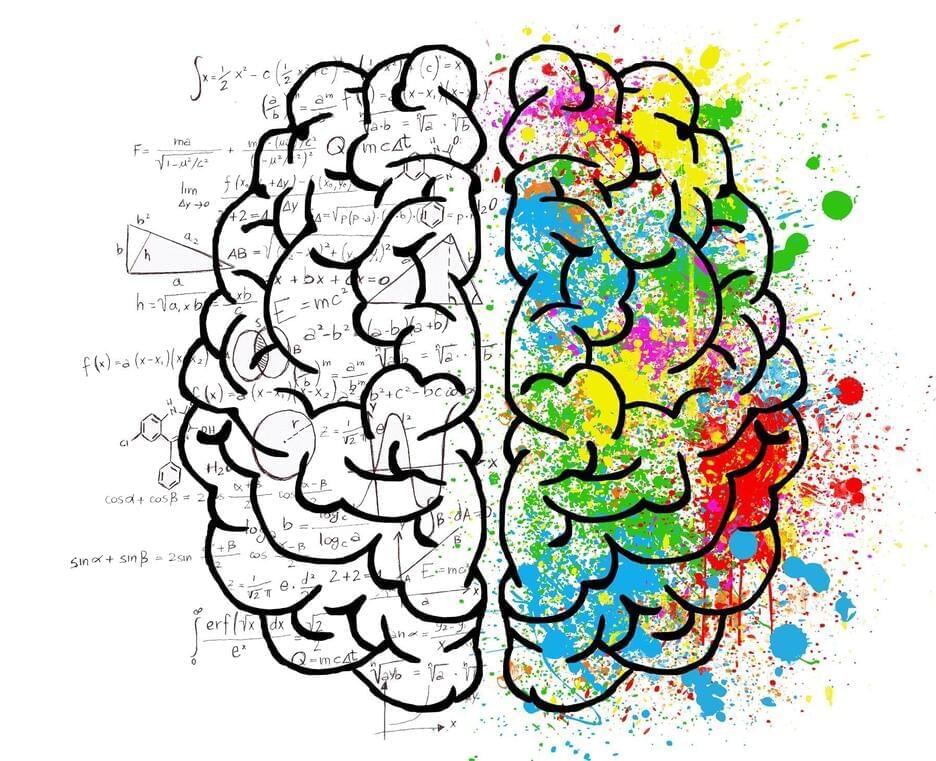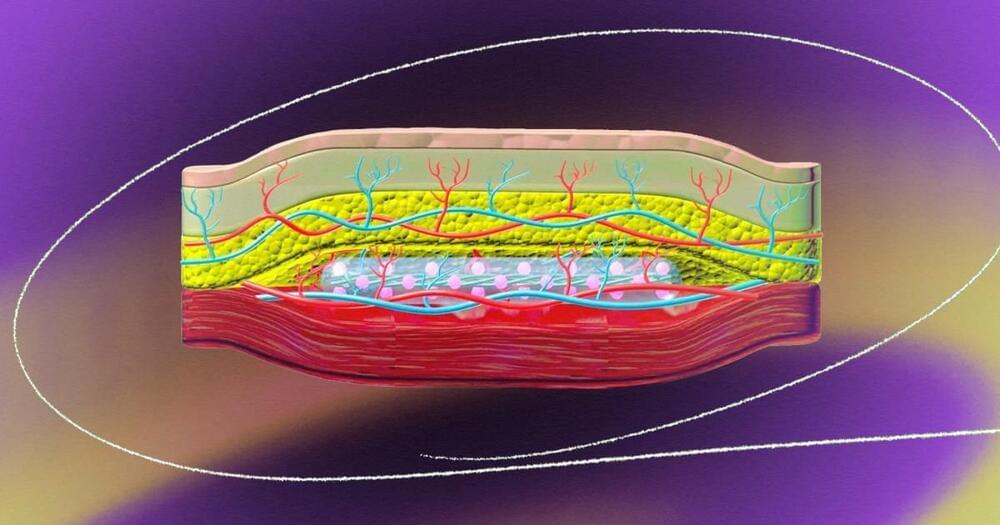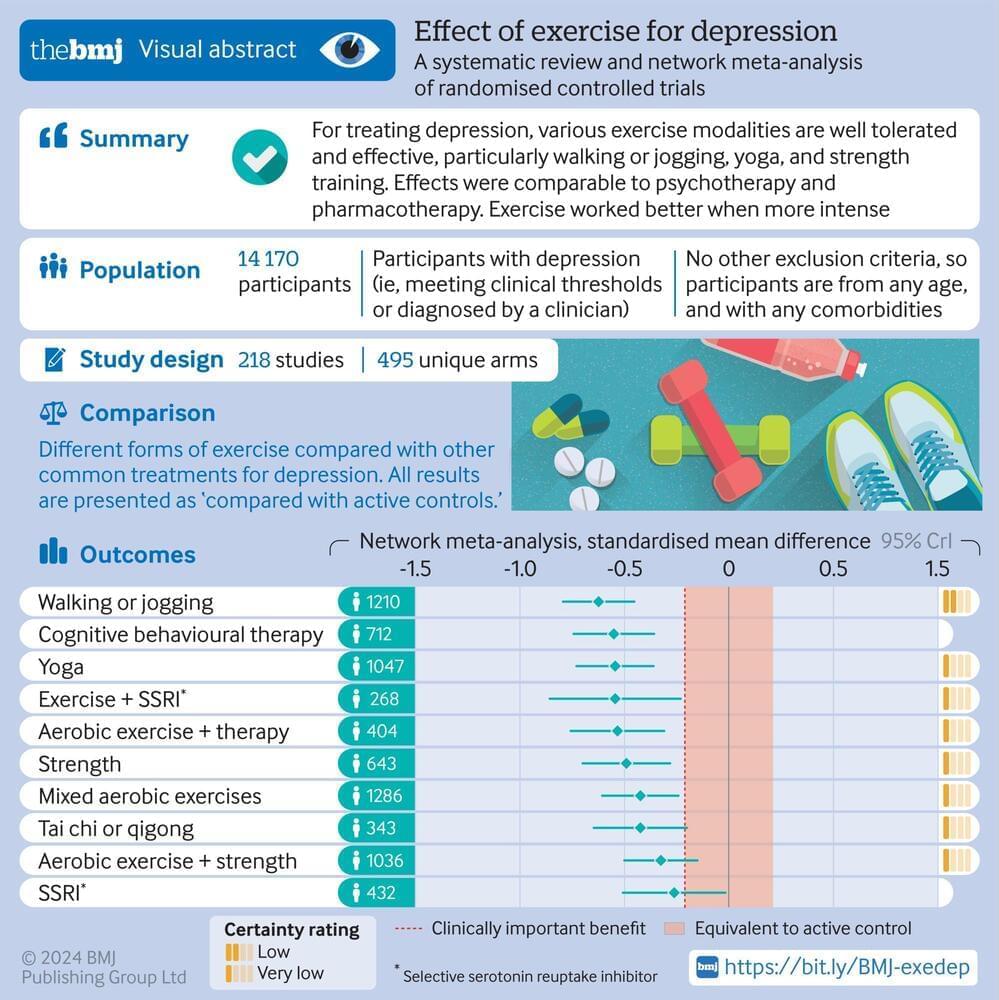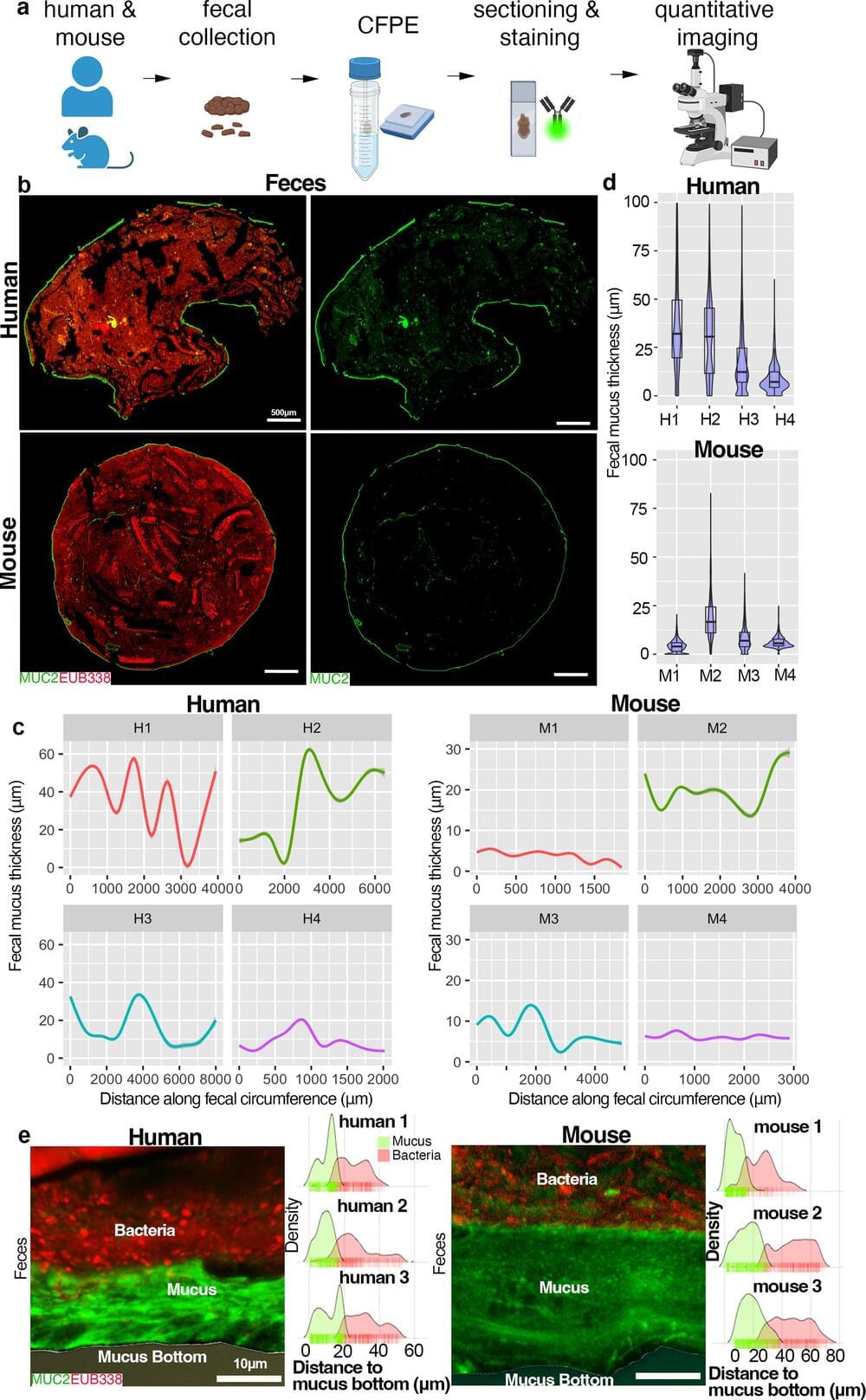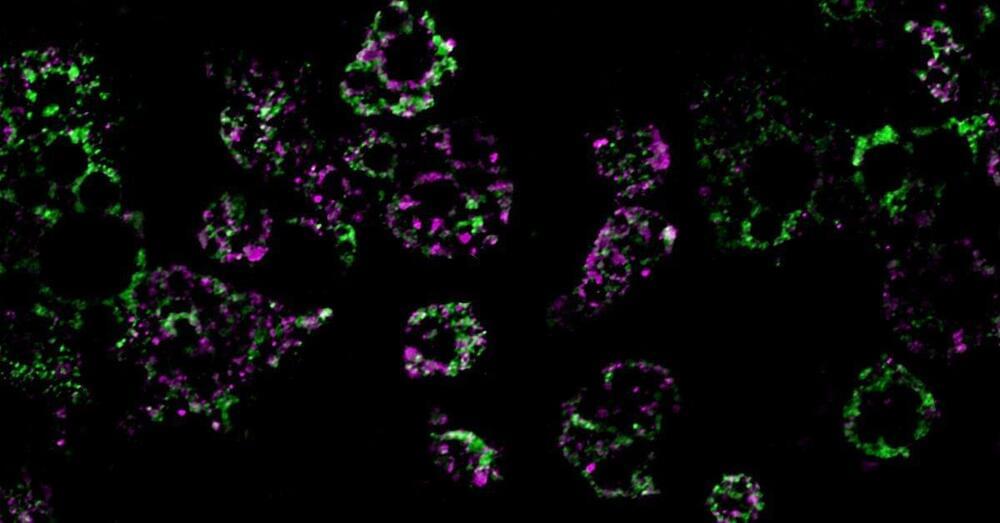A revolutionary nanomaterial with huge potential to tackle multiple global challenges could be developed further without acute risk to human health, research suggests. The study is published in the journal Nature Nanotechnology.
Carefully controlled inhalation of a specific type of graphene—the world’s thinnest, super strong and super flexible material —has no short-term adverse effects on lung or cardiovascular function, the study shows. The first controlled exposure clinical trial in people was carried out using thin, ultra-pure graphene oxide—a water-compatible form of the material.
Researchers say further work is needed to find out whether higher doses of this graphene oxide material or other forms of graphene would have a different effect. The team is also keen to establish whether longer exposure to the material, which is thousands of times thinner than a human hair, would carry additional health risks.

